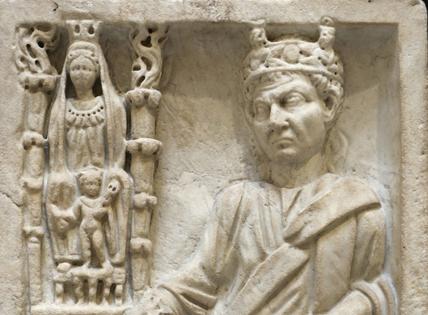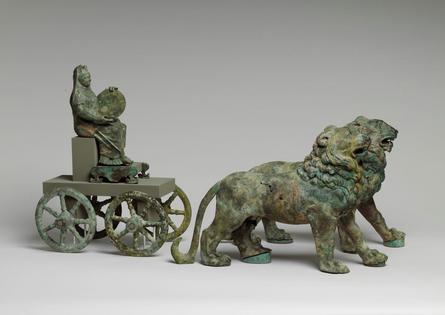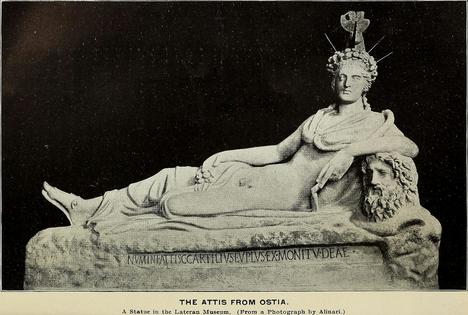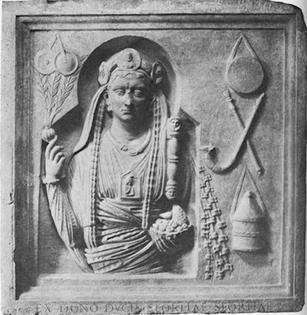Gender-nonconforming ancient Romans found refuge in community dedicated to goddess Cybele
Published in News & Features
A Vatican declaration, the “Infinite Dignity,” has brought renewed attention to how religions define and interpret gender and gender roles.
Approved by the pope on March 25, 2024, the Vatican declaration asserts the Vatican’s opposition to gender-affirming surgery and surrogacy. While noting that people should not be “imprisoned,” “tortured” or “killed” because of their sexual orientation, it says that “gender theory” and any sex-change intervention reject God’s plan for human life.
The Catholic Church has long emphasized traditional binary views of gender. But in many places, both present and past, individuals have been able to push back against gender norms. Even in the ancient Roman Empire, individuals could transgress traditional conceptions of gender roles in various ways. While Roman notions of femininity and masculinity were strict as regards clothing, for instance, there is evidence to suggest that individuals could and did breach these norms, although they were likely to be met with ridicule or scorn.
As a scholar of Greek and Latin literature, I have studied the “Galli,” male followers of the goddess Cybele. Their appearance and behaviors, often considered feminine, were commented on extensively by Roman authors: They were said to curl their hair, smooth their legs with pumice stones and wear fine clothing. They also, but not always, surgically removed their testicles.
In the philosophical treatise “Hymn to the Mother of the Gods,” Julian the Philosopher, the last pagan emperor of the Roman empire, writes about the history of the cult of Cybele. In this treatise, he describes the cult’s main figures and how some of its rites were performed.
Often referred to as the Mother of the Gods, Cybele was first worshiped in Anatolia. Her most famous cult site was located at Pessinous, the modern Turkish village of Ballıhisar, about 95 miles southwest of Ankara, where Julian stopped to pay a visit on his journey to Antioch in 362 C.E.
Cybele was known in Greece by around 500 B.C.E. and introduced to Rome sometime between 205 and 204 B.C.E. In Rome, where she came to be recognized as the mother of the state, her worship was incorporated into the official roster of Roman cults, and her temple was built on the Palatine, the political center of Rome.
Cybele’s cult gave rise to a group of male followers, or attendants, known as Galli. Among the surviving material evidence related to their existence are sculptures, as well as a Roman burial of an individual Gallus discovered in Northern England.
A statue from Ostia, Rome’s port city, depicts a reclining Attis, Cybele’s youthful male human companion.
What is highly unusual about this statue, which is at the Vatican museum, is how the sculptor has draped the clothing to draw attention to Attis’ groin and stomach: No discernible genitalia are visible. Attis, at first sight, appears to be a woman.
...continued















Comments